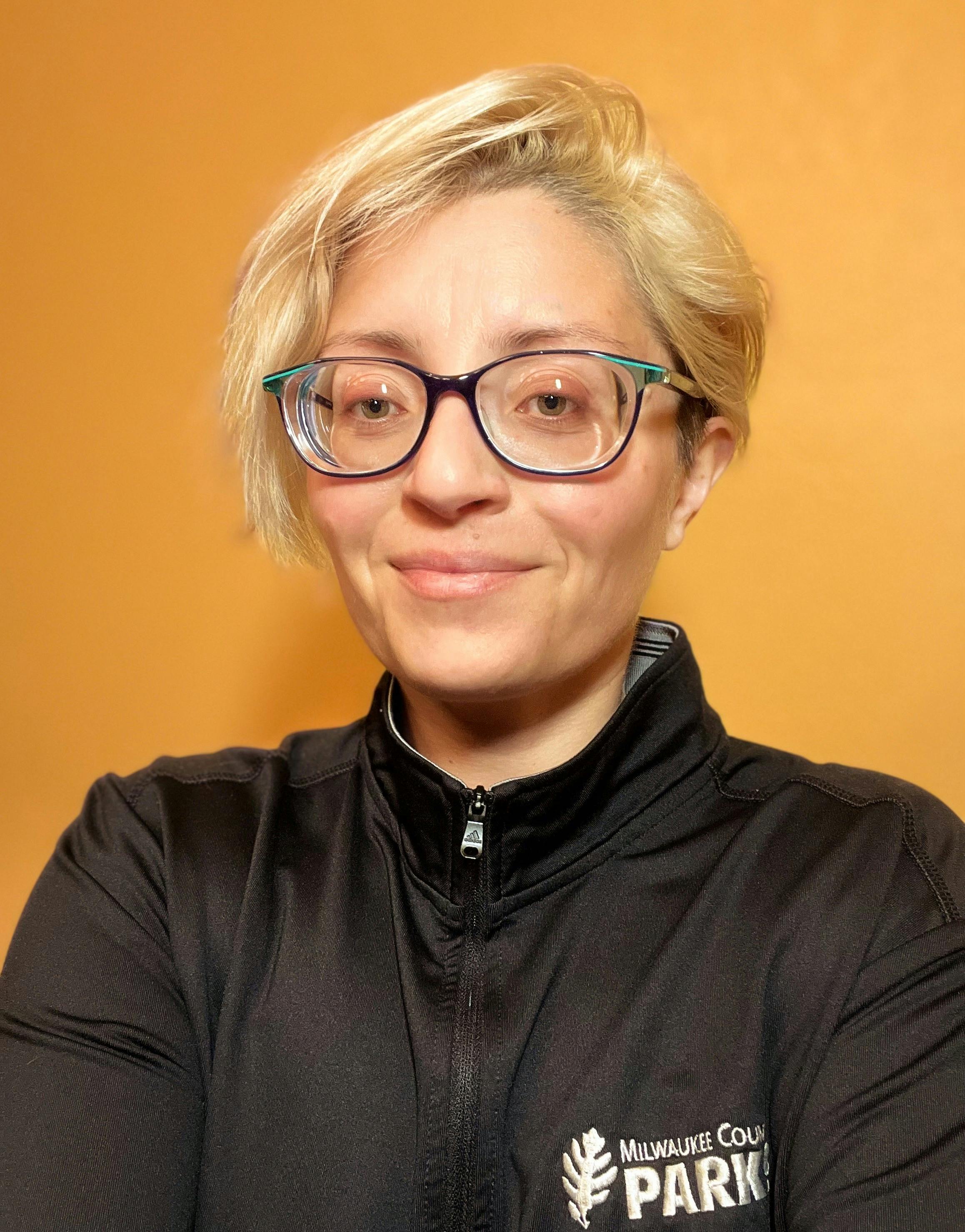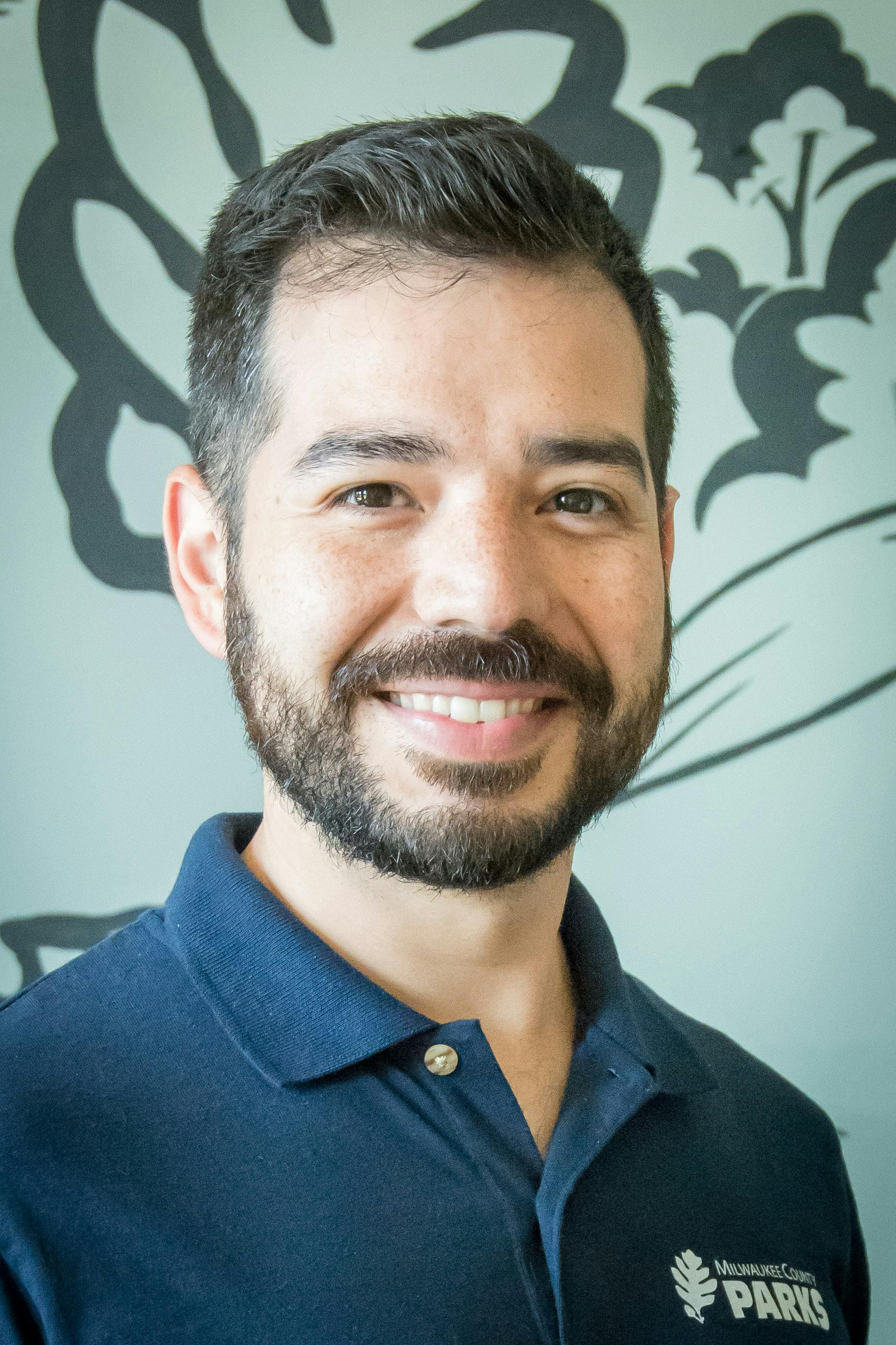Parks and the Milwaukee Estuary Area of Concern
Update: Milwaukee County Parks 2024 AOC Annual Report is now available. Learn more about all the great work we are doing!
An AOC for you and me?
You may have heard the term “AOC” pop up a lot around the County lately. It’s been attached to some exciting projects to clean our waterways, improve swimming areas, restore habitat, and support wildlife in our region. But what is an AOC? And what does it have to do with Milwaukee County Parks? An AOC is an “Area of Concern” a designation given to a region that has been severely affected by environmental damage and habitat loss – to the point where humans, fish and wildlife are unable to fully use natural resources in a safe or beneficial way. The Milwaukee Estuary was designated an AOC in 1987 and, after three decades of dedicated planning efforts, a remedy is within sight!
Since that time the acronym has come to mean much more. In the efforts to clean-up our AOC it has become the foundation of a collaborative, multi-partner restoration initiative, programming designed to revitalize open space, and a critical resource in the development of an equity based, inclusive decision-making process surrounding our projects. Before we dive into Milwaukee County Parks’ role in the AOC, it is important to understand how we got here.
Becoming an Area of Concern
 | Mid-twentieth century people across the country started to notice there was something wrong with the water. And it wasn’t just the Cuyahoga River burning. Industrial pollutants, runoff and habitat loss threatened the environmental, recreational, and economic value of our rivers and lakes. Enter the Great Lakes Water Quality Agreement (GLWQA). First signed in 1972 by the United States and Canada, the purpose of GLWQA is to "restore and maintain the chemical, physical, and biological integrity of the Waters of the Great Lakes." In short, the agreement seeks to protect this vital resource which provides 40,000,000 people, across two countries with fresh drinking water. The 1987 GLWQA further identified rivers and harbors with the most severe problems from “legacy pollutants”, requiring special attention for cleanup and restoration – these are our Areas of Concerns. |
The Great Lakes have over 40 AOCs, 4 of which are in Wisconsin. Each AOC has unique set of issues, or Beneficial Use Impairments (BUI), to be addressed and removed before they can be “de-listed”. These include issues like frequent beach closures due to poor water quality, habitat loss and impacts to wildlife, and even restrictions on what types and how many fish we can eat. Milwaukee’s AOC has 10 remaining BUIs but started with 11 out 14 possible impairments. So how do we remove a BUI?
It's a BUI!
It helps to think of BUIs as a way to measure the health of an AOC. The more we have, the more TLC an AOC needs; the more we address and remove, the healthier our communities are. Projects within the AOC are designed to address BUIs. It takes the combined efforts of partner groups years to determine the “what, why, how, and when’s” of BUI removal. This process can be broken out into 5 steps, outlined in the graphic below, and starting with evaluation. This is when we work out what the problem is and how to fix it, which leads to the identification of activities needed to remedy the situation. These activities are the basis of our projects. Once we get boots on the ground, progress is regularly monitored. When assessments show that the issue has been addressed and beneficial use restored, we can propose to remove the BUI. The last steps needed are review and support from the public and finally, approval by federal partners.

Better Together
The effort to de-list the Milwaukee Estuary AOC is led by the Wisconsin Department of Natural Resources (DNR), in coordination with a committed team of partners and through lots of careful planning. As described above, it is that team of partners and advisory groups that define the activities and projects needed to address each BUI. In 2021 the Waterway Restoration Partnership was established, a formalization of the long-standing collaboration of over 20 organizations, taking on the challenge of cleaning up the AOC. Some of these partners, including Milwaukee County Parks, are responsible for carrying out projects. We know you’re asking, “this is a huge undertaking, how do you pay for this?
There are two funding sources that support AOC projects: Great Lakes Restoration Initiative (GLRI) funding and Great Lakes Legacy Act (GLLA) funding. For Parks AOC projects this is GLRI funding. First launched in 2010, GLRI provides funding to address goals and objectives in the GLWQA, and this includes de-listing Areas of Concern. The Parks AOC team works with DNR to develop proposals submitted to secure grant funding. DNR in turn, receives and distributes these funds to Parks for each approved project. Then we embark on the journey of restoring our waterways and natural areas together! |  |
Parks and the AOC
From its earliest days, Park planners recognized the necessity of public open space. Creation of the famous “emerald necklace” - the linked system of parks and parkways along our waterways – resulted in the protection of natural communities now rare in the region. This has allowed us to provide a green sanctuary for both humans and wildlife within the most developed County in the state and play an important role in delisting the Milwaukee Estuary AOC.
Today Milwaukee County Parks manages over 10,000 acres of natural area; approximately 1,800 of these acres will be improved through 11 AOC Projects. The focus of our AOC work is primarily on habitat restoration and enhancements for wildlife – addressing 2 BUI’s related to loss of habitat and declining wildlife populations. These will take place in 3 parkways (Little Menomonee River Parkway, Menomonee River Parkway, and the Milwaukee River Parkway) and 9 parks (Kohl, County Grounds, Hoyt, Kletzsch, Lincoln, Kern, Pleasant Valley, Gordon, and Riverside). All of these projects are informed by an Ecological Restoration and Management Plan (ERMP), developed by Parks Natural Areas Department and a team of consultants, which is reviewed and approved by the Milwaukee Estuary AOC Technical Advisory Committee. The ERMP is pretty much what it sounds like - a guiding document that outlines the recommended management activities for each specific site. Each ERMP informs the development of a final Habitat Restoration Plan, designed to promote healthy, diverse ecosystems that support self-sustaining communities of native fish and wildlife. We benefit as well, with improved access to nature, as well as enhanced aesthetics, passive outdoor recreation opportunities, and safety.
In addition to habitat restoration, we have projects at 3 county beaches (Bradford, McKinley, and South Shore) that are being designed to reduce beach closures and address the Beach Closures BUI, while improving recreational opportunities along Lake Michigan. Beach closures in Milwaukee County are typically related to high E. coli levels, a bacteria that is an indicator of disease causing organisms and other health risks in the water. The usual suspects in these cases are stormwater and sewer overflows, runoff from hardscapes (like parking lots), and bird/animal poop. A range of projects will be implemented to address specific issues at each location. Activities include improvements to rain gardens (Bradford), bird deterrents (McKinley), and the creation of new swimming area (South Shore).
For more information browse through our project pages (keyword search: Area of Concern) and keep an eye for updates! Don’t forget to visit the Waterway Restoration Partnership and sign up for the WRP Newsletter to stay informed about AOC projects and events and learn how you can help!




















